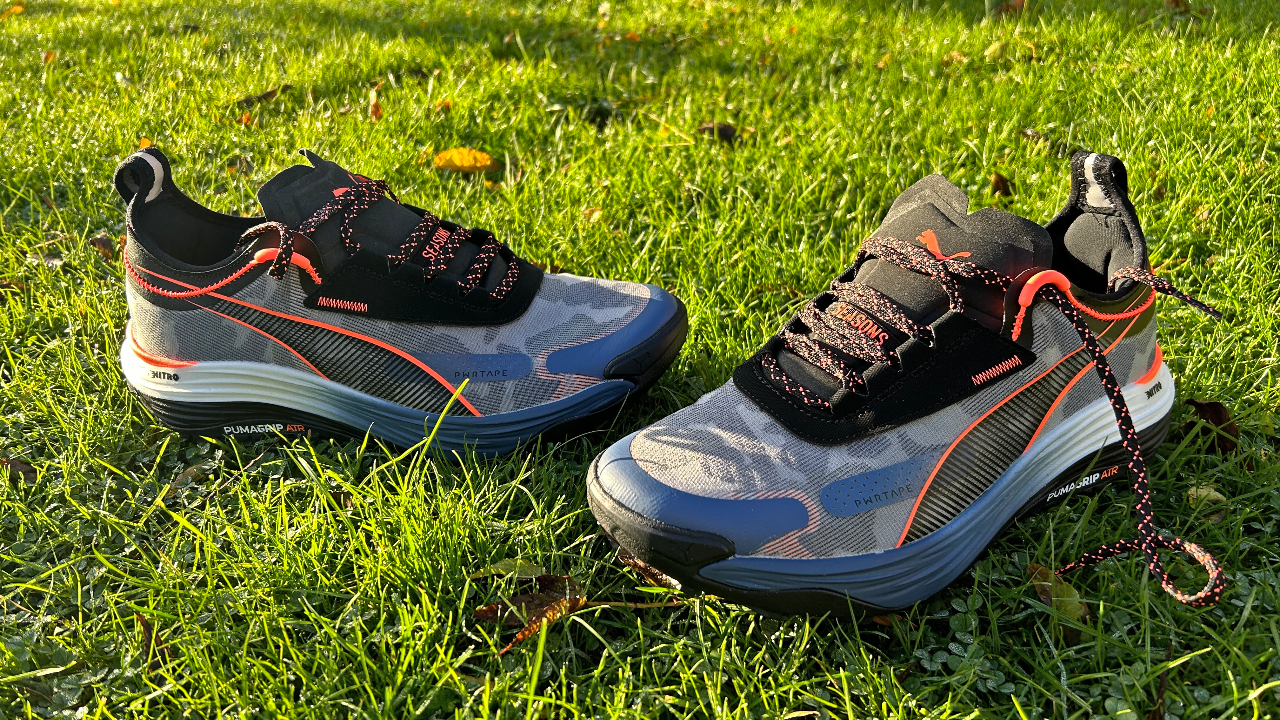
The Puma Voyage Nitro 3 is a reliable daily trainer for the trails, offering excellent grip on mixed terrain and a comfortable and versatile ride thanks the Nitro foam midsole, which is also the material used on Puma road running shoes like the Velocity Nitro 2 and Magnify Nitro 2.
I rate the Voyage Nitro 3 among the best trail-running shoes available, as an all-rounder that particularly impressed on soft and wintry trails. It may not have the comfort and flexibility for long rocky runs, but otherwise looks a good bet for almost anything else.
Puma Voyage Nitro 3: Price And Availability
The Voyage Nitro 3 launched in summer 2023 and costs $140 in the US and £120 in the UK. There is also a Gore-Tex version of the shoe available for $160/£140 if you want a waterproof upper.
How I Tested This Shoe
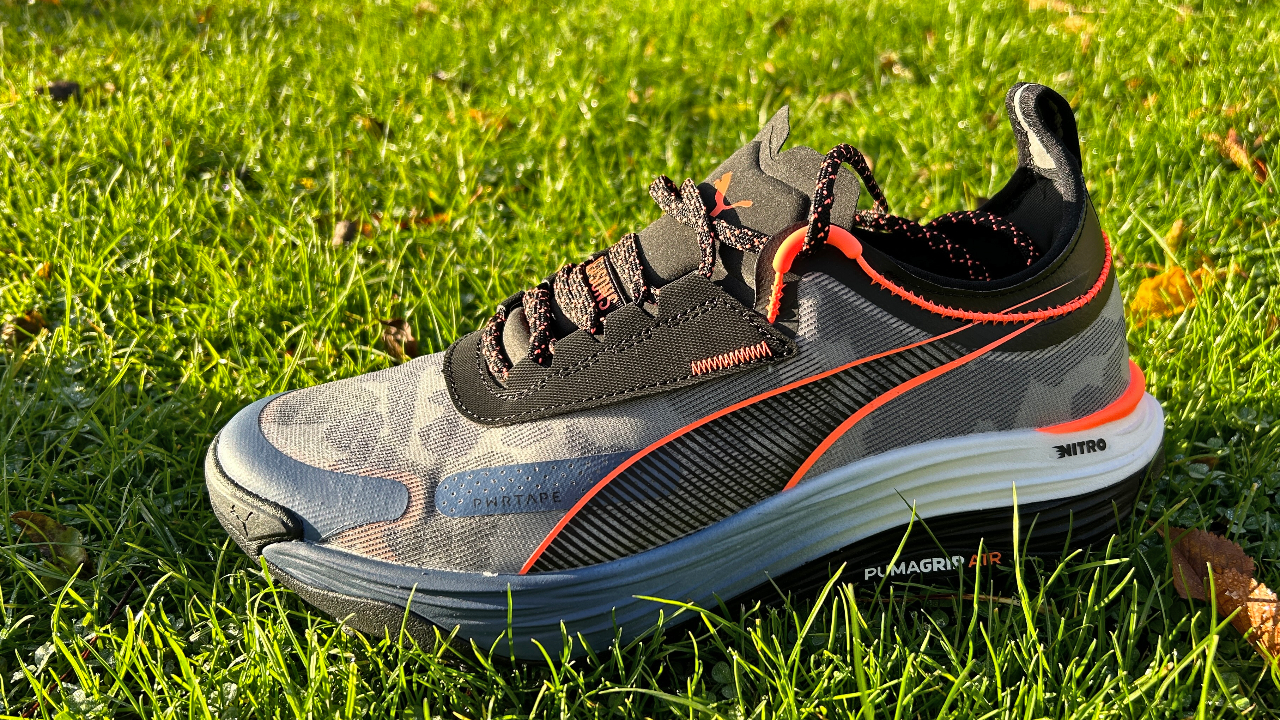
I’ve run 37 miles in the Voyage Nitro 3, mostly in Epping Forest on the outskirts of London, which has been muddy throughout my testing. I also used the shoe in the Pentland Hills near Edinburgh to test it out with sharp climbs and descents on icy and grassy trails, and have done my runs at a mix of paces to check its versatility.
Design And Fit
The Voyage Nitro 3 has a midsole made entirely from the brand’s Nitro foam, which is a nitrogen-infused TPEE material. It’s light and bouncy and a good option for the trails because it’s not as squishy and unstable as some foams used on road shoes.
It’s listed as having a 6mm drop on Puma’s website, although the info I have from the brand gives the Voyage Nitro 3 a drop of 10mm, with a stack height of 35mm at the heel and 25mm at the forefoot. The shoe weighs 10.1oz/286g, which is light for a trail shoe with a big midsole stack and substantial outsole.
That outsole is made from PUMAGRIP ATR rubber, which is designed to handle a variety of off-road terrains, and also grips well on the road. The PWRADAPT lugs on the outsole are chevron-shaped and bite well into soft ground, while being large and flat enough to give the shoe a fairly smooth ride on hard ground and paved surfaces.
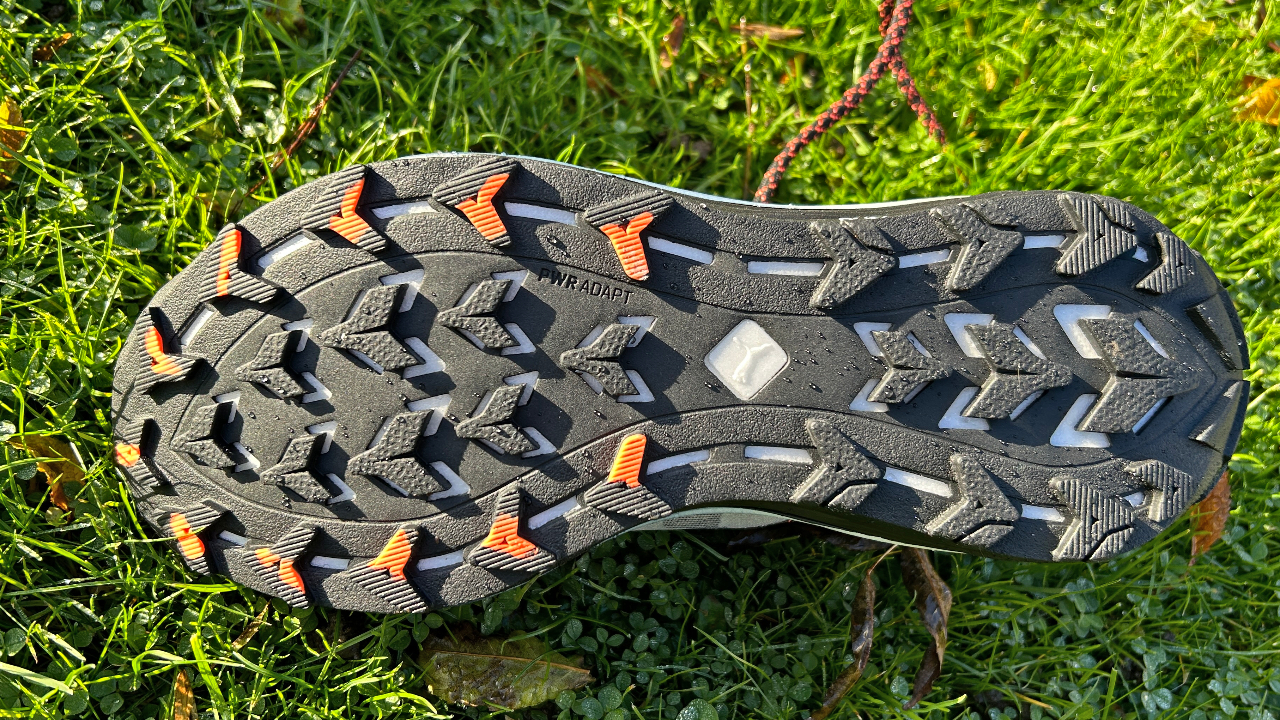
The mesh upper has reinforcement at the front of the toe box and PWRTAPE strips to add structure and support around the midfoot. The shoe has an internal bootie and the collar rises quite high to create a snug fit, aided by the large lace loops at the top of the shoe. There is a Gore-Tex version of the shoe that has a waterproof membrane, which is worth investigating further for winter running.
I was able to get a secure fit in my usual running shoe size, and the Voyage Nitro 3 fitted well in the toe box, though I have a narrow foot and I think it may be cramped if you have a wide one.
Running Performance
I’m a fan of Puma’s road shoes that use Nitro foam, particularly the Velocity Nitro 2 and Magnify Nitro 2, and hoped for a similar experience—just with better grip and a sturdier upper for the trails.
You get the grip with the Voyage Nitro 3’s outsole, which can handle a variety of terrain well. I’ve used it to run on icy and wet paved surfaces as well as steep muddy trails, and haven’t had any concerns about traction.
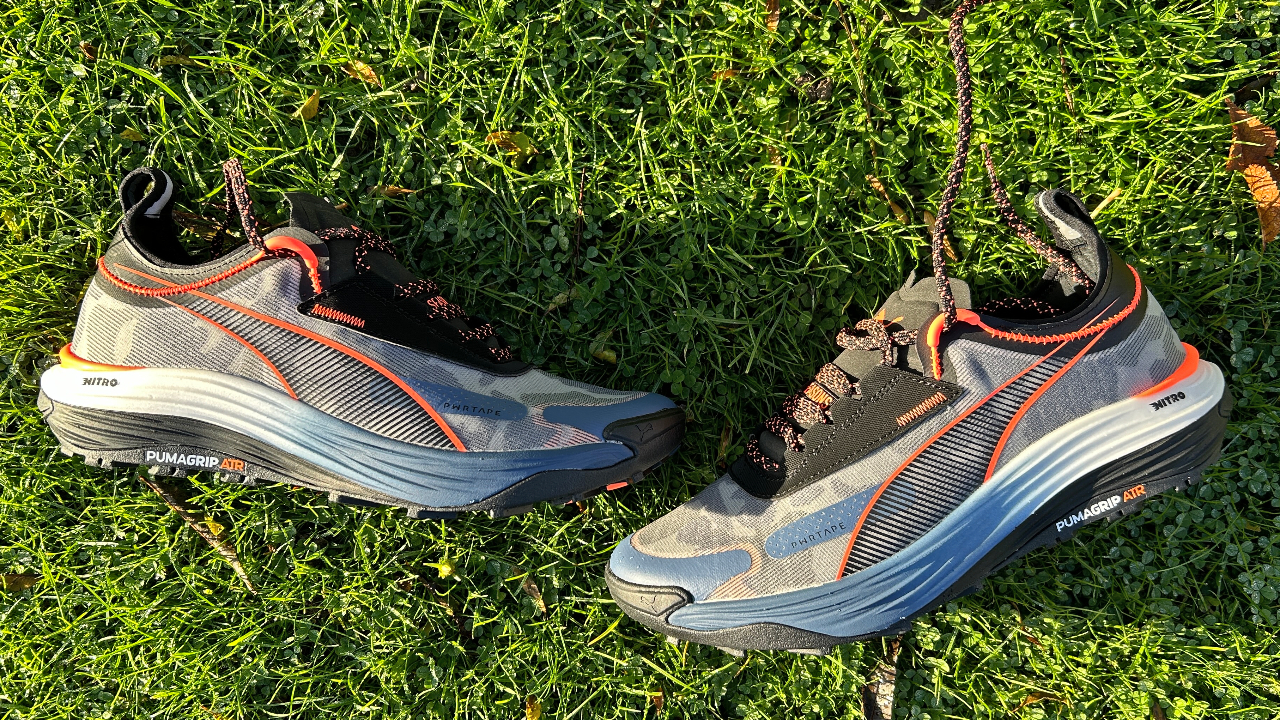
The midsole is also well designed. The ride of the shoe is comfortable for longer runs and it gives a bit back when you want to run quickly as well, though it’s still a bit big and heavy for all-out fast runs. In cold conditions the foam felt a bit stiffer to me, and while this didn’t make it uncomfortable, I found the midsole wasn’t flexible, which meant it turned my foot on jagged ground.
For that reason—and because there is no rock plate for protection and the midsole stack isn’t too high in the forefoot—I’m not sure the Voyage Nitro 3 would be as comfortable on rockier trails as I found it on softer ground during the British winter.
Is The Puma Voyage Nitro 3 Worth It?
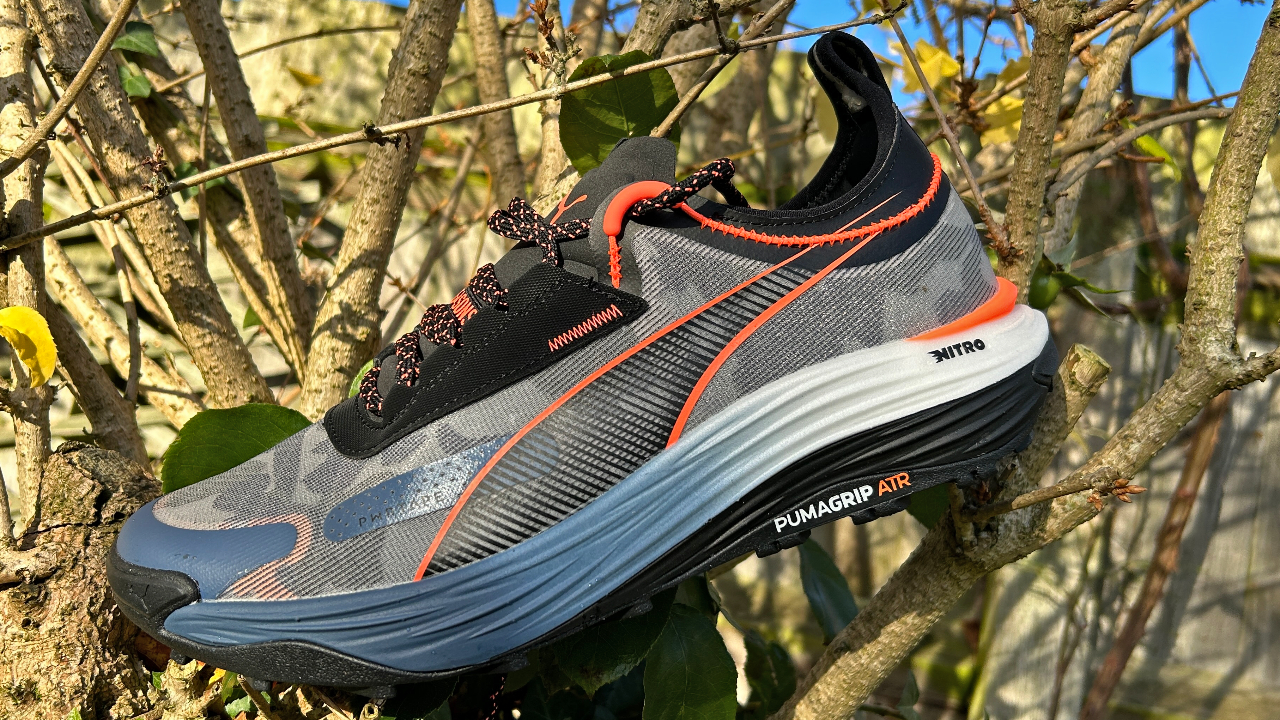
The Voyage Nitro 3 is a great all-rounder for the trails, especially softer ground in winter. Its versatility reminds me of the Saucony Xodus Ultra 2 and Hoka Speedgoat 5, but the Speedgoat and Xodus shoes have smoother, rockered rides compared with the more traditional high drop of the Voyage Nitro 3, so they may suit different tastes.
While it didn’t blow me away on any one run, it’s the kind of shoe I’d be comfortable taking out every day for a range of training, and it’s ideal for trips where you’re not sure of the terrain you’ll be running on. It’s not the most grounded shoe, though, and if you prefer more of a feel for the trails and a lower drop then the Inov-8 Trailfly G 270 V2 would be a better option. The Saucony Peregrine 13 is another versatile option with a firmer, more natural feel and it has a Gore-Tex option, too.







